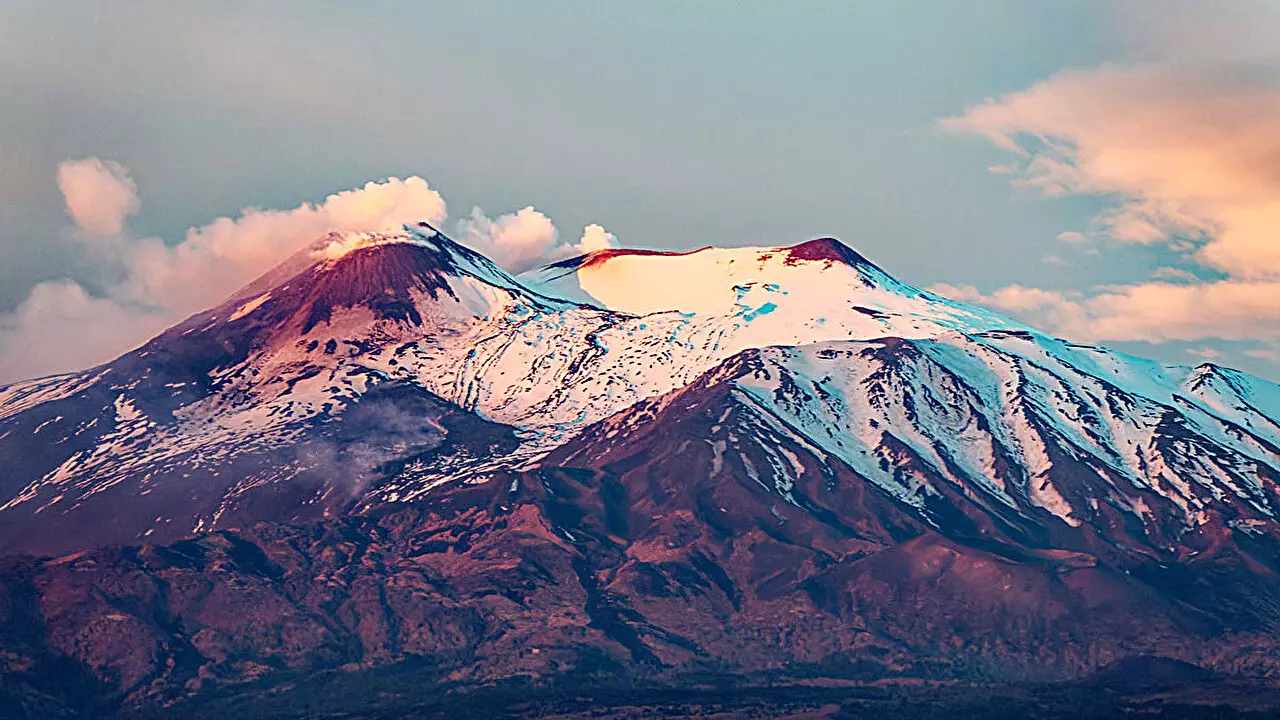Mount Etna in Italy has long been a subject of fascination for researchers due to its unique geological setting as a collisional zone between the African and European tectonic plates. Through seismic tomography, scientists have been able to gain insights into the mysteries surrounding the volcano’s magma pathways and their relationship with tectonics.
Unlike traditional isotropic tomography, anisotropic tomography takes into account the directional dependence of seismic wave speed. By considering this factor, researchers are able to obtain more detailed structural information about the regions they are studying. This method provides a clearer picture of the Earth’s composition and thermal properties, offering a more precise view of subsurface structures.
Researchers, including R. Lo Bue and colleagues, have applied P wave anisotropic tomography to investigate Mount Etna’s magma pathways. By analyzing earthquake data collected between 2006 and 2016 using a network of 30 seismometers, they were able to identify fluid magma in the crust and map out potential pathways to the surface. This groundbreaking research sheds light on the depths of fault segments beneath the volcano and provides valuable insights into its geological processes.
The use of anisotropic tomography in studying Mount Etna’s magma pathways has significant implications for volcano monitoring. By understanding how magma moves within the crust and considering the impact of geological structures such as faults and fractures on these pathways, researchers can improve their ability to predict volcanic activity. This type of analysis has the potential to revolutionize volcano monitoring practices and enhance our understanding of volcanic processes.
The application of anisotropic tomography in studying Mount Etna’s magma pathways represents a major advancement in the field of seismology. This innovative technique provides researchers with a more detailed and accurate view of the Earth’s subsurface structures, offering valuable insights into the geological processes taking place beneath the surface. By furthering our understanding of magma pathways and their relationship with tectonics, scientists are able to improve volcano monitoring practices and enhance our ability to predict and mitigate volcanic hazards.


Leave a Reply